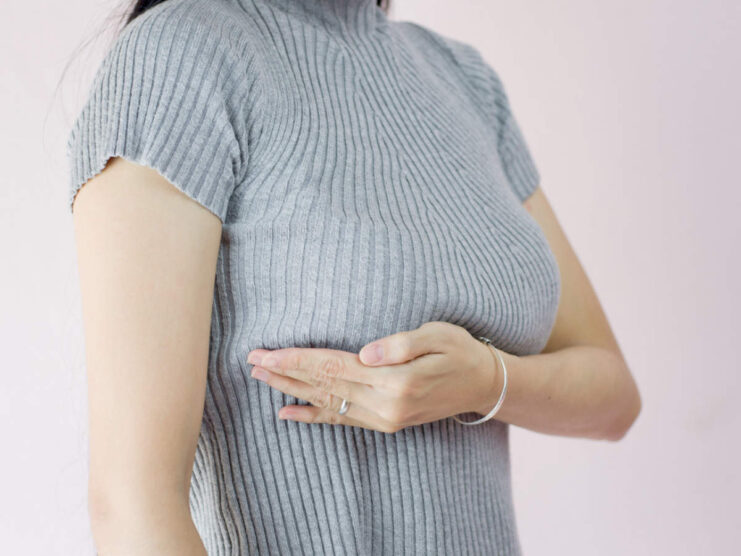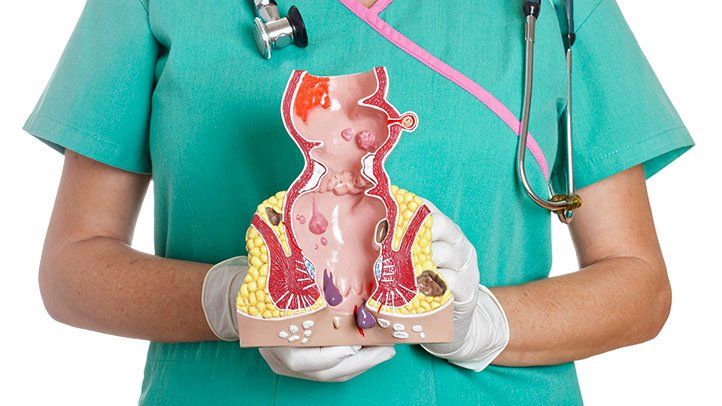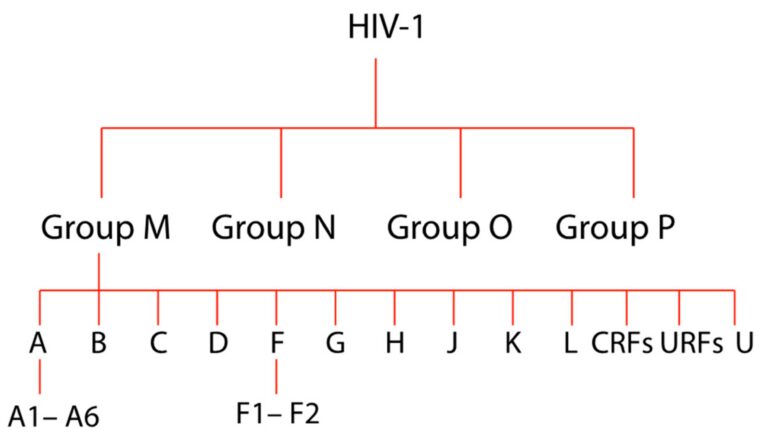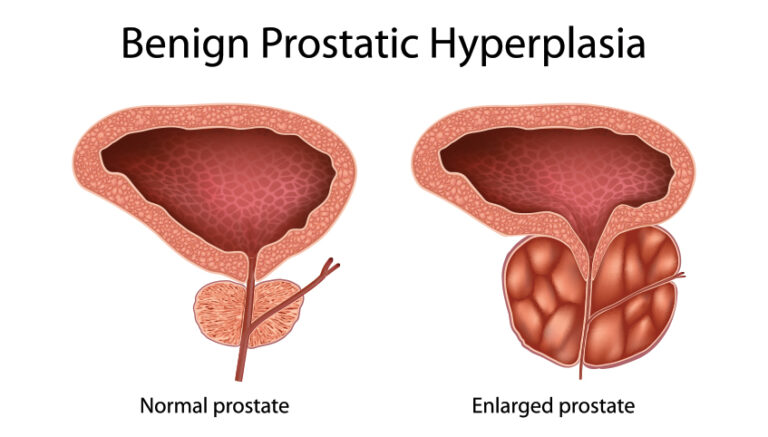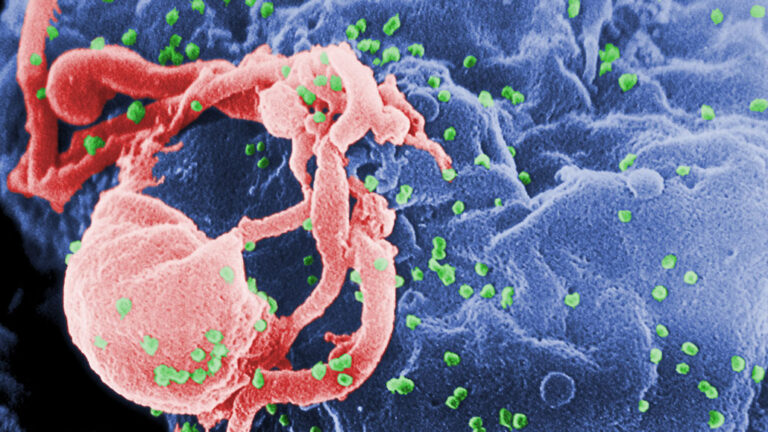Breast health is a topic that resonates with many, regardless of age, gender, or background. The importance of understanding and maintaining breast health cannot be overstated. In this comprehensive guide, let’s get into the nuances of breast health, offering insights, tips, and actionable steps that can be taken in just a few minutes. Let’s embark on this journey towards healthier breasts.
The Power of Prevention
Prevention, as the age-old saying goes, is always better than cure. When it comes to breast health, a few minutes of proactive measures can make a world of difference.
The Importance of Self-Examination
Breast self-examination is a powerful tool in the early detection of abnormalities. Most lumps are detected through accidental findings by women themselves. While some professionals argue about the efficacy of self-examination, there’s no denying its role in increasing one’s sensitivity to changes in the breasts.
By regularly practicing this examination, the chances of surgical interventions can be significantly reduced.
- Key Points:
- Self-examination helps in early detection.
- Regular practice can reduce the need for surgical interventions.
Basics of Self-Examination
Breast self-examination isn’t a complex procedure. It begins with a visual inspection, noting the appearance, size, color, and symmetry of the breasts. It’s natural for the left breast to be slightly larger than the right.
Familiarity with one’s normal breast appearance aids in detecting subtle changes. It’s best to conduct this examination a week after menstruation, as hormonal changes during this period can cause slight breast enlargement and tenderness.
- Key Points:
- Familiarity with one’s breasts aids in early detection.
- Hormonal changes can affect breast appearance.
Palpation Techniques
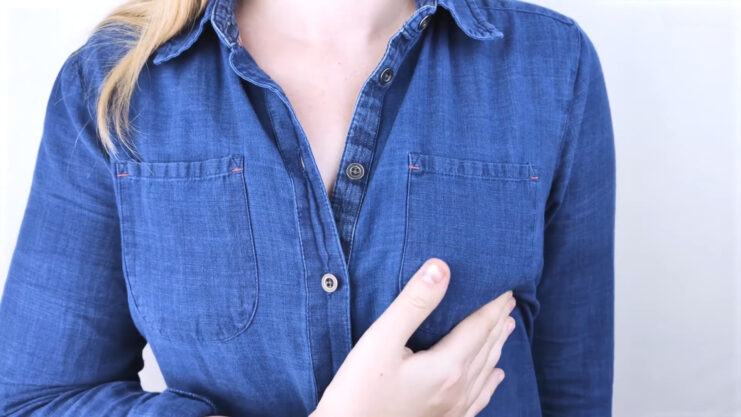
Beyond visual inspection, palpation, or the act of feeling the breasts with fingers, offers a deeper insight into breast health. This technique can reveal lumps or abnormalities that might not be visible.
The Right Way to Palpate
Palpation is most effective when lying down, as this position allows the breasts to spread evenly across the chest. Using the three middle fingers, one should palpate the breast in a circular pattern, starting from the nipple and extending to the sides below the armpits. This should be done with varying pressure levels to detect changes at different depths.
- Key Points:
- Lying down offers the best position for palpation.
- Use a circular pattern for comprehensive coverage.
Identifying Lumps: What to Look For
Lumps can vary in size, consistency, and mobility. While one in eight lumps is non-cancerous, it’s crucial to identify and understand them. Soft lumps with a smooth surface that move slightly are likely cysts or abscesses. In contrast, hard, immobile lumps that adhere to the skin could be indicative of cancer, especially if accompanied by skin changes or nipple discharge.
- Key Points:
- Soft, movable lumps are likely benign.
- Hard, immobile lumps require immediate medical attention.
Recognizing Patterns: Circles, Wedges, and Lines
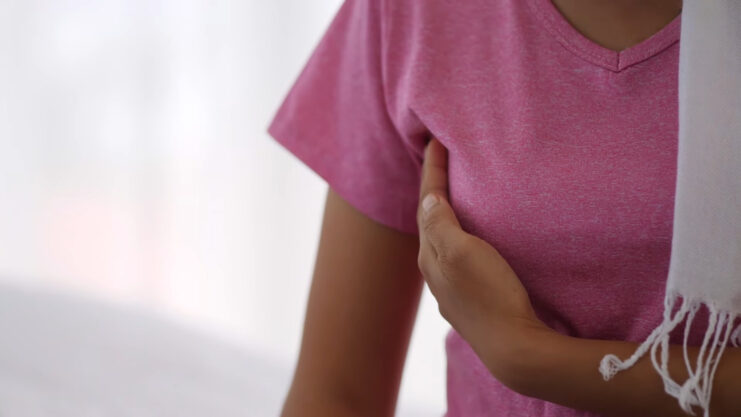
Recognizing patterns in breast examination can aid in understanding the nature of any detected abnormalities. These patterns provide clues about the type and potential severity of the lump.
Cancerous Lumps: Telltale Signs
Cancerous lumps are typically hard, firm, and may adhere to the skin, making them less mobile. The skin over such a lump might resemble an orange peel. In advanced stages, these lumps can cause pain and result in bloody nipple discharge. An inverted nipple can also be a sign of a lump nearby.
- Key Points:
- Cancerous lumps are hard and less mobile.
- Skin changes and nipple discharge are red flags.
Regular Examination: The Key to Health
Regular breast examinations, whether self-conducted or by a medical professional, are crucial. A monthly check is reasonable and ensures that any abnormalities are detected early. If any lump or change is detected, it’s imperative to consult a doctor immediately.
- Key Points:
- Monthly examinations are recommended.
- Always consult a doctor if abnormalities are detected.
Beyond Self-Examination: Other Preventative Measures
While self-examination is a crucial first step, there are other preventative measures that can further ensure breast health. Let’s explore some of these additional strategies.
The Role of Mammograms
Mammograms are specialized X-rays of the breast that can detect tumors that are too small to be felt. They play a pivotal role in early detection of breast cancer, especially in women over 40. Regular mammograms, as recommended by healthcare professionals, can significantly increase the chances of detecting breast cancer in its early stages.
- Key Points:
- Mammograms can detect very small tumors.
- Regular screenings are crucial for women over 40.
Genetic Factors
Certain genetic mutations, like BRCA1 and BRCA2, increase the risk of breast cancer. If you have a family history of breast cancer, it’s essential to discuss genetic testing with your healthcare provider. Knowing your genetic risk can guide prevention strategies and early detection efforts.
- Key Points:
- Genetic mutations can increase breast cancer risk.
- Genetic testing provides valuable insights for those with a family history.
Lifestyle Choices and Breast Health
Our daily choices, from diet to exercise, can influence breast health. Adopting a healthy lifestyle can reduce the risk of breast cancer and promote overall well-being.
Nutrition and Diet
A balanced diet rich in fruits, vegetables, and whole grains can support breast health. Limiting alcohol intake and avoiding processed foods can further reduce the risk of breast cancer. Antioxidant-rich foods, like berries and nuts, can combat free radicals that might contribute to cancer development.
- Key Points:
- A balanced diet supports breast health.
- Limit alcohol and processed foods to reduce cancer risk.
Physical Activity and Its Benefits
Regular exercise can lower the risk of breast cancer by regulating hormone levels and promoting overall health. Aim for at least 150 minutes of moderate-intensity exercise or 75 minutes of vigorous-intensity exercise weekly. Activities like walking, swimming, or cycling can make a difference.
- Key Points:
- Exercise regulates hormones and reduces cancer risk.
- Aim for consistent, moderate to vigorous activity weekly.
The Emotional Aspect of Breast Health

Breast health isn’t just physical. The emotional and psychological aspects play a significant role, especially when dealing with potential abnormalities or diagnoses.
Coping with Anxiety and Fear
It’s natural to feel anxious or fearful when noticing changes in the breasts or awaiting test results. Seeking support from loved ones, joining support groups, or consulting with a therapist can provide emotional relief and coping strategies.
- Key Points:
- Emotional support is crucial during uncertain times.
- Therapists and support groups offer valuable resources.
Celebrating Your Body
Embracing and celebrating your body, with all its uniqueness, is essential for emotional well-being. Regular self-examinations can foster a deeper connection with your body, allowing you to appreciate its changes and nuances. Celebrate your body’s strength, resilience, and beauty every day.
- Key Points:
- Embrace and celebrate your body’s uniqueness.
- Foster a deep connection through regular self-examinations.
FAQ
How often should I get a mammogram?
While self-examination is essential, women aged 40 and above are generally advised to get a mammogram annually. However, if you have a family history of breast cancer or other risk factors, your doctor might recommend starting earlier or having them more frequently.
Can men get breast cancer?
Yes, men can get breast cancer, though it’s much rarer than in women. It’s essential for men, especially those with a family history of breast cancer, to be aware of any changes in their chest area and consult a doctor if they notice anything unusual.
Does breastfeeding affect breast cancer risk?
Breastfeeding has been shown to reduce the risk of breast cancer, especially if continued for over a year. The reasons aren’t entirely clear, but it might be related to hormonal changes that occur during breastfeeding.
Are there any specific foods or supplements that can prevent breast cancer?
While no food or supplement can guarantee prevention, a diet rich in fruits, vegetables, and whole grains, and low in processed foods and alcohol, can help reduce the risk. Some studies suggest that foods rich in antioxidants, like berries and green tea, might offer protective benefits.
Is there a link between deodorants and breast cancer?
There’s been some debate about certain ingredients in deodorants and antiperspirants and their potential link to breast cancer. However, current research does not conclusively prove a direct connection. It’s always a good idea to be informed about the products you use and opt for those with natural ingredients if you’re concerned.
Final Words
In wrapping up, breast health is a multifaceted journey that encompasses physical, emotional, and lifestyle aspects. By staying informed, proactive, and embracing a holistic approach, you can ensure healthier breasts and overall well-being. Remember, every step you take towards your health is a step towards a brighter, more empowered future.

